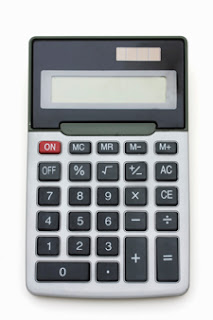
This includes calculating the reactions for a cantilever beam, which has a bending moment reaction as well as x,y reaction forces.

It is able to calculate the reactions at supports for cantilever or simple beams. The beam span calculator will easily calculate the reactions at supports. Roller Supports - typically will only have a vertical reaction force (Vy).Pinned Supports - usually have vertical and horizontal reaction forces only (Vx, Vy).


They can be determined using the principles of statics and mechanics of materials. Reaction forces can be thought of as the "support forces" that counteract the forces exerted by the loads on the structure. They are the forces that balance the applied loads, ensuring that the structure remains in equilibrium and static, which are critical structural engineering conditions. Reaction forces are the supporting forces that exist in a response to applied loads. Therefore, engineers aim to limit deflection to acceptable levels so that the structure performs satisfactorily and provides a comfortable environment for the users. This is because excessive deflection can result in unwanted aesthetic effects, such as sagging floors, cracking of finishes, or discomfort for the users. Beam deflection is one of the serviceability criteria that engineers consider when designing structures. Too much deflection can result in failure, so engineers need to design beams that are strong enough to resist deflection under the loads they will experience. In engineering, it's important to understand and calculate beam deflection because it can affect the overall strength and stability of a structure. That's beam deflection in action! The diving board is the beam and your weight is the load that's causing it to bend. When you stand on the end of the diving board, it bends and dips down. Basically, it's the amount of displacement or bending that a beam experiences when subjected to a load.
#Free calculator code
#Free calculator pdf
Download a customised selection of the above results in a formatted PDF report.You'll be greeted with a super easy to use results page that includes the following functionality: Now that our beam and loads have been assigned, let's solve! Click the green 'Solve' button on the top right of the calculator.We automatically calculate self weight based on your chosen beam length, material, and section shape. Use the 'Self Weight' toggle button on the top right of the calculator to turn on or off a consideration of self weight. One final load to consider is Self Weight.Alternatively, use our 'Import from Design Code' function to automatically assign the loads you created to the specific load combinations prescribed by your region's Design Code!.Open the 'Load Combinations' menu to apply different factors for each Load Case. The reason for adding Load Cases becomes apparent now in the final step.You can do so using the 'Load Case' drop down menu before adding each respective load. We also highly recommend specifying the different load cases each load corresponds. Use the 'Point Loads', 'Moments', or 'Distributed Loads' menus to apply one or multiple of those load kinds onto your created beam. Your beam is now set up! Now we can apply the loads that you'd like to assess the beam's resistance to.

After selecting your section, you have the opportunity to add any hinges along the beam span under the 'Hinge' menu.Section Builder also allows you to easily create and save custom shapes using the Shape Templates option. This opens a new menu with our fully integrated Section Builder, allowing you to access preset Database Shapes we've included from all around the world.Alternatively, we also include a button to use Sk圜iv's Section Builder Tool: Use the 'Section' menu to apply a custom Moment of Inertia (Iz) or Young's Modulus (E) value.Use the 'Supports' menu to apply your support type at any location along your beam.Input your beam length using the 'Beam' menu.To use the calculator, simply follow these steps:


 0 kommentar(er)
0 kommentar(er)
